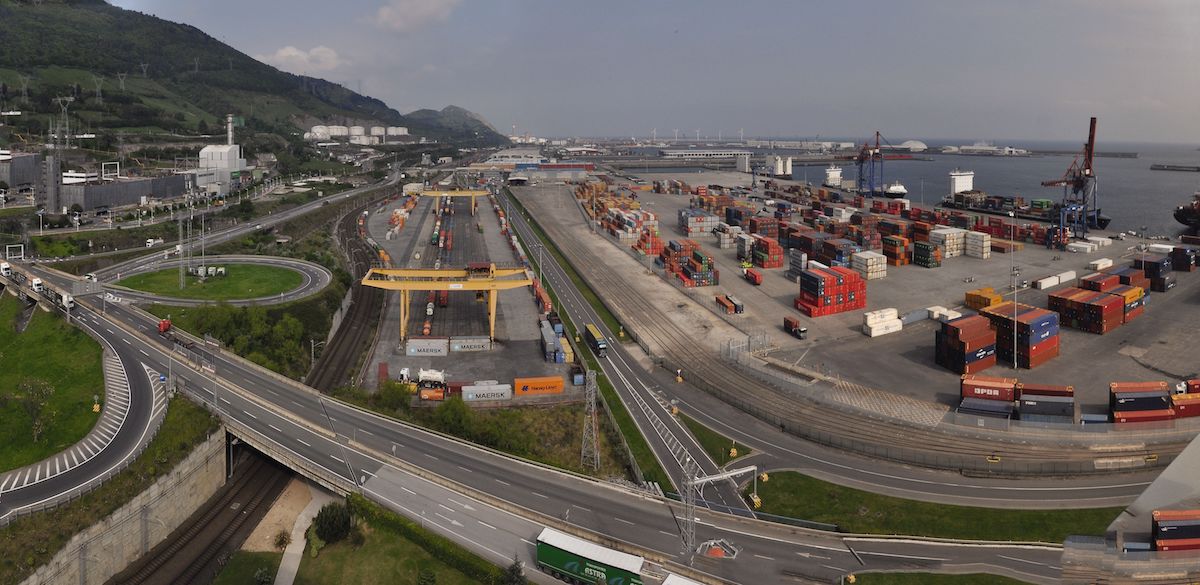4,243 trains entered or left the port of Bilbao, 2.6% less than in the previous year, mainly due to the fall in container traffic. Even so, 27% of containers already enter or leave the port by rail.
In 2022, considerable progress was made in the management of rail-port traffic. On the one hand, the Port Authority is now assuming the management of rail traffic in the port, and is taking on manoeuvres and shunting tasks that had been previously been performed by ADIF, with a view to providing a universal, neutral and competitive service 24/7. The next milestone for the Port Authority will be to reach a management agreement with ADIF, whereby the Port Authority will take over the operation of the rail container terminal so as to make further progress in integrating it into the port infrastructure and further develop the port’s intermodality.
Likewise, at the end of 2022, the Port Authority approved its Railway Safety Management System, currently in the implementation phase, for use to mitigate the risks inherent to railway activity within the service area.
At the same time, the initial works to build a new 750-metre-long siding at Orduña station were awarded in December. The overall cost of the works is EUR 10.87 million, to be financed,

on the one hand, by the Port Authority of Bilbao, with around EUR 3 million from the Inland Port Accessibility Fund, and the rest by ADIF (Spanish Administrator of Railway Infrastructure). The works will not only speed up and improve the operation of freight trains between the port of Bilbao and the Meseta (Castilian Plain), but will also benefit passenger trains.
Though these improvements are important and represent progress in intermodality, the priority for the Port Authority is the increasingly urgent construction of the southern rail bypass for freight trains.

 Port access
Port access